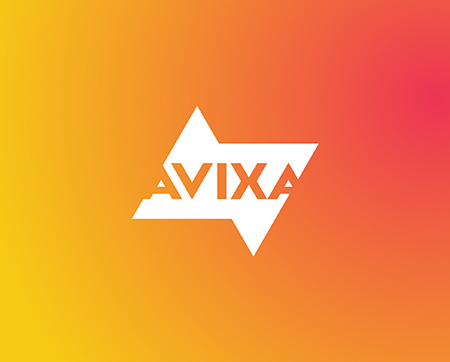Mary Cook, CTS, Project Consultant, The Sextant Group

In her 30 years in the AV industry, Mary Cook, CTS®, has worked in contracting, applications engineering, design, and now consulting. Since 2012, she has worked for The Sextant Group as a project consultant based in the company’s Atlanta office. She is the “day-to-day contact” for her clients, who are often colleges, universities and other higher education institutions, and sometimes medical, corporate and performing arts centers.
While her employer is extremely supportive of certification — consultants, designers and installers are expected to gain and maintain their CTS certifications — Cook is additionally a vocal supporter and champion of standards in the industry.
In recent years, she has frequently commented on and reviewed new AVIXA standards and, beginning last year, she joined the standards committee working on the update of the 2M Standard Guide for Audiovisual Design and Coordination Processes standard.
"I'm not shy about offering my opinions!" says Cook, adding that she felt she had reached the point in her career where she was ready to give back to the industry in a more official capacity, hence the decision to volunteer on the standards development task group.
"Last April there was a request for people who were interested in being involved in this particular standard, and I sent a resume and was accepted," she explains. "In our first face-to-face meeting, we reviewed parts of the standard, made other parts of it more cohesive, and have been working through making sure the standard is up to date with the way the industry currently handles various types and direction in design."
Since the standard was first written, in 2010, technology has progressed rapidly, which means revising the standard is a complex and sometimes daunting task.
"Technology moves so fast, and there is a lot to be done. Until I started on this, I didn’t realize quite how much work would be involved. I was a little unprepared for quite how large a scale of people work behind the scenes to make sure these standards get put together and done well."
What Cook brings to the table is a unique perspective as someone who’s worked in several important aspects of the industry: as a contractor, for a manufacturer, and as a consultant.
"I can see everybody's point of view," she says. "I understand why a contractor would be concerned about a certain thing, because ultimately they stay in business by their profit margin, and if meeting this standard becomes too onerous for them from a financial standpoint, they’re not going to follow it. I understand it from a manufacturer’s point of view because they want their product to be used in the right way, so the product is a good reflection of their brand name. And from a consultant’s point of view, I like to see standards provide some framework for when I’m working with a contractor on a project; having a good standard provides a framework so that everybody’s talking the same language."
Cook describes a good standard as a "living breathing piece of writing" that can be adapted as processes or technology changes and moves on. ANSI's requirement that standards be reviewed and recertified in order to retain the ANSI approval keeps them valid.
"There are parts of every standard that are adaptable, and parts that are maybe too rigid. You have to find those areas where you need to maybe loosen some of the rigidity, so that it’s more adaptable," she says. "Particularly in cases that rely on changing technology. You never want a standard that is so rigid it becomes obsolete almost before it's been really useful."
The standard gives necessary accountability and framework to the design process in our industry, says Cook, and is especially useful in its broad appeal, being aimed at everybody from the designers to the end user, and people facilitating an overall project to help them determine quality. "Up until the standard, was developed, there was no way of saying 'this meets the criteria of a good design' or qualifying when something wasn't up to par. There was no way that an end user, a client, or someone not involved with our industry could clearly determine what was required to be a good design, and why one particular design might fall short of that," she says.
Cook feels passionately that standards such as this are absolutely necessary for defining good design criteria within the AV industry, and that they are vital to keeping the industry aligned with best practices in sister industries such as mechanical and electrical contracting, and architecture.
"I think we're doing a much better job now of actually developing really good standards," she says. "As we further develop our standards and fine tune the standards, they're starting to become more cohesive and interlinked. As an industry, we need to also focus on communicating our standards and the importance of our certifications to the wider world, especially to the general construction side of the industry, where the rubber meets the road. That side of the industry knows very little about us or that there are standard industry practices beyond IT and security. The goal with this revision is that it’s a cohesive standard that has broad use."
In addition to her role with the standards task group, Cook also recently became involved in the AVIXA Women's Council with the aim of encouraging more women to pursue careers on the design and engineering side of the AV industry.





